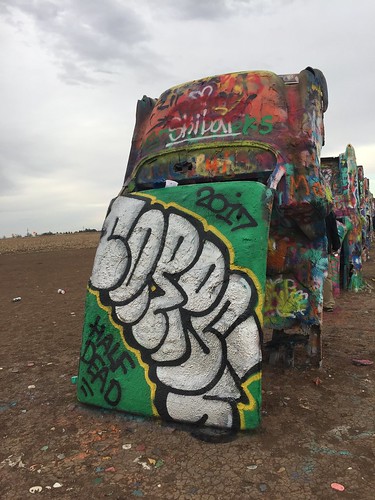bilization was performed with 0.1% Triton X-100 in 50 mM Tris pH7.2 for 3 minutes, immediately after which cells have been washed with PBS and incubated in blocking buffer (20% normal goat serum and 1% BSA in PBS) for 30 minutes at RT. Cells were incubated using the acceptable antibody that was diluted in PBS containing 1% BSA for 1 hour at RT, followed by three PBS washes. The  cover glasses have been then incubated using the secondary antibody for 1 hour at RT. Following washes with PBS they have been mounted using fluorescent mounting medium (E19-15, Golden bridge Life science, WA, USA). Cells had been examined employing Zeiss LSM 510 META confocal microscope. For quantitative studies, all photos of a provided experiment have been exposed and processed identically. Captured photos have been analyzed employing ImageJ computer software. Pixel intensity was utilised to quantify fluorescence in the indicated experiments. Information was statistically evaluated making use of Student’s t test.
cover glasses have been then incubated using the secondary antibody for 1 hour at RT. Following washes with PBS they have been mounted using fluorescent mounting medium (E19-15, Golden bridge Life science, WA, USA). Cells had been examined employing Zeiss LSM 510 META confocal microscope. For quantitative studies, all photos of a provided experiment have been exposed and processed identically. Captured photos have been analyzed employing ImageJ computer software. Pixel intensity was utilised to quantify fluorescence in the indicated experiments. Information was statistically evaluated making use of Student’s t test.
An overnight culture of BL21 bacterial, transformed with pET-EHD3 (or its mutant types), was diluted 1:ten in fresh LB and grown to OD600 = 0.eight. IPTG was added to a final concentration of 0.1mM and expression was permitted to proceed for 2 hours at 37. Following a wash with PBS, bacteria have been centrifuged and resuspended in native lysis buffer containing 50 mM 934369-14-9 Na2HPO4, 300 mM NaCl and 10 mM imidazole. The lysates were incubated with 1 mg/ml lysozyme on ice for 30 minutes, followed by centrifugation for ten minutes at 15,000g at four. The protein concentration in the supernatant was measured applying NanoDrop ND-1000 UV-Vis Spectrophotometer (NanoDrop, DE, USA). Samples containing precisely the same amount of protein were electrophoresed by way of SDS-PAGE plus the corresponding gel was stained with SeeBand (Gene Bio Applications Ltd., Yavne, Israel).
BL21 bacteria, transformed with pET-EHD3 plasmids, have been lysed as described above. Histagged proteins had been isolated in the lysates, prepared as described above, employing nickel (NiNTA) beads (QIAGEN, Hilden, Germany). In-vitro SUMOylation assay was performed applying in-vitro SUMOylation kit (LAE Biotech International, Rockville, MD, USA), in accordance with the manufacturer’s guidelines. Briefly, at the very least two g of purified His-tagged protein was incubated with 0.1 g of human SUMO1 in the presence of 15 ng of SAEI/SAEII, 0.1 g of UBC9 and 10XSUMOylation reaction buffer, containing 200 mM Hepes pH 7.five, 50 mM MgCl2, and 20 mM ATP (LAE Biotech International, Rockville, MD, USA) within a final volume of 20 l, for two hours at 37. The reaction products were subjected to SDS-PAGE as well as the corresponding blots have been interacted with anti His antibody.
Forty-eight hours right after transfection of HEK293T cells, they had been lysed in 200 l of denaturing buffer (1% SDS, 50 mm Tris/HCl, pH 7.4, and 140 mM NaCl) by boiling for ten min immediately after vigorous vortex. Renaturation buffer (800 l; 2%Triton X-100, 50 mM Tris/HCl, 21593435 pH 7.4, and 140 mM NaCl) was added and, following centrifugation for 15 min at 10000g at 4, the supernatants had been subjected to immunoprecipitation and western blot evaluation as described above.
Cells, grown on cover glasses, have been incubated for 30 minutes in binding medium. Following five minutes incubation with 10 g/ml Alexa-546 conjugated transferrin (Molecular probes, Grand Island, NY, USA) at 37, cells had been washed 3 occasions with PBS and incubated with chase medium (DMEM absolutely free, 20% dialysed FCS (dFCS), 20mM Hepes pH7.two, 50 M deferoxamine, Holo transferrin X100). At the end from the chase, cells were rapidly cooled to 4, incubated with citrate b
